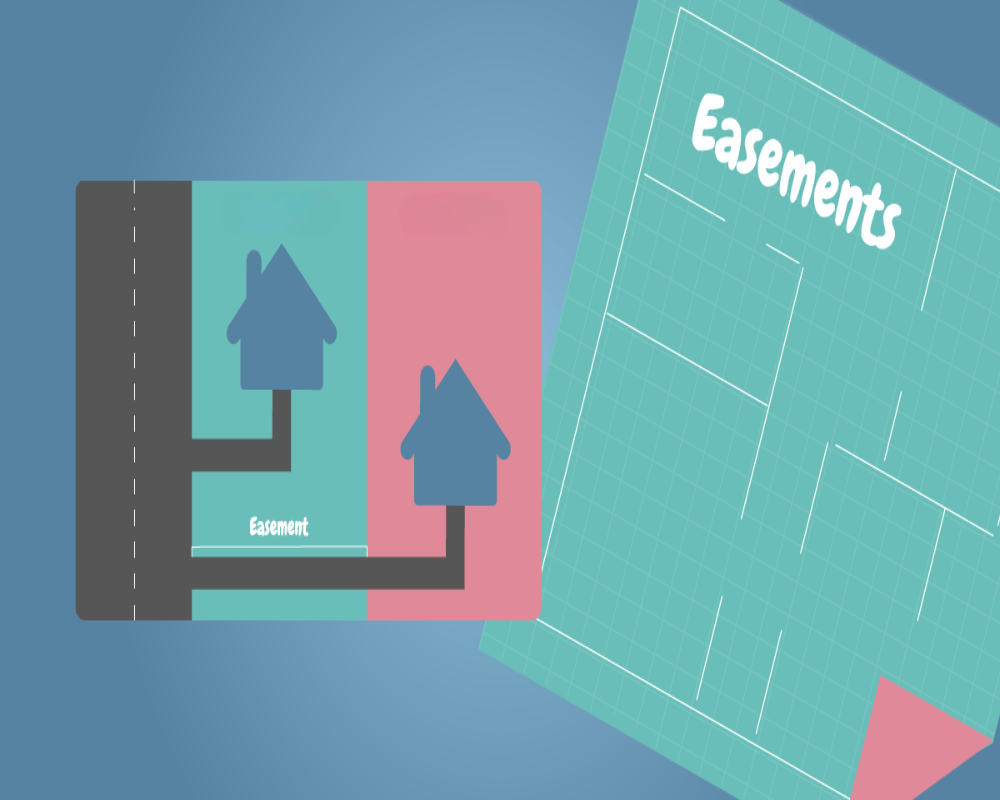Easements Recorded on the Land
Easements are legally recognized rights granted to a third party to use a portion of the property for a specific purpose, without owning it. Recorded easements affect how industrial land can be developed and used. The following types of easements may be applicable and are typically registered in land records, sale deeds, or government-approved layout plans:
1. Right of Way Easement
Allows neighboring landowners, utility providers, or government agencies to use a designated path or road through the property for access.
- May include a 6 to 12-meter-wide internal or peripheral road
- Can be a public road reservation or private passage agreement
- Shown in layout approvals or revenue maps
- Cannot be obstructed or altered without legal consent
2. Utility Easements
Provide the right for agencies to install and maintain underground or overhead infrastructure, such as:
- Electrical transmission or distribution lines
- Water pipelines and sewer lines
- Fiber-optic or telecom cables
- Gas pipelines (PNG/LPG networks)
These corridors usually require a clear strip of land, typically 1 to 3 meters wide, where construction or permanent structures are restricted.
3. Drainage Easement
Permits the flow of natural or planned drainage through the property.
- Includes stormwater channels, culverts, or open drains
- May be mentioned in stormwater layout plans or DTCP-approved site plans
- Must be preserved to ensure compliance with environmental and building codes


